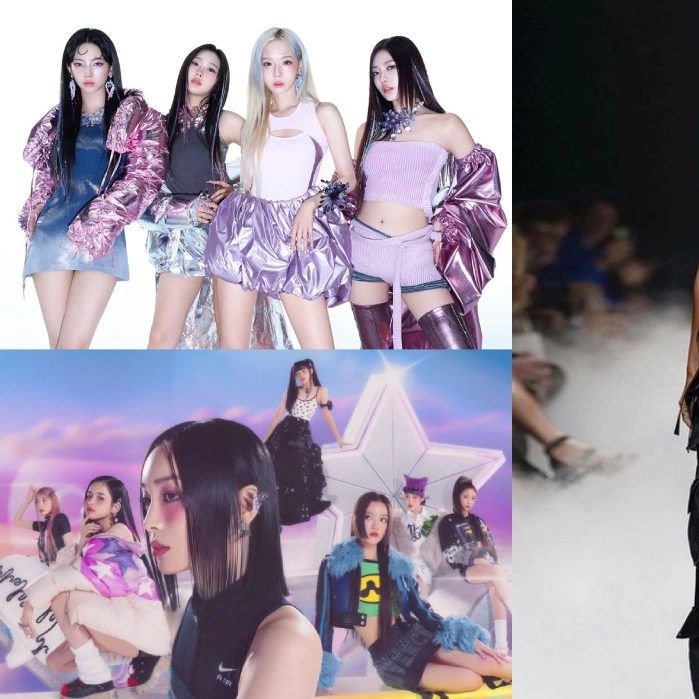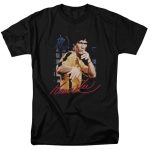Introduction: The Future of Fashion
The concept of Y3K refers to the year 3000, a time that sparks the imagination about fashion trends. As we look forward to this distant future, it raises questions about how technology, culture, and individual expression will shape clothing choices. The Y3K outfit is all about blending innovative materials, sustainability, and style.
Imagine a wardrobe that represents not only personal taste but also reflects the broader societal changes. This article will explore what the Y3K outfit might entail, focusing on fabric technology, design aesthetics, and the role of cultural influences in future fashion.
The Role of Technology in Fashion
Smart Fabrics
In the future, clothing will likely integrate various technologies. Smart fabrics, which can monitor health metrics like heart rate or temperature, will revolutionize how we view clothing. These fabrics can adapt to environmental conditions, offering comfort and functionality.
For example, a Y3K jacket could change its insulation properties based on outside temperatures. This innovation would eliminate the need for multiple layers, simplifying how we dress. The intersection of fashion and technology will lead to outfits that are stylish and practical.
Wearable Electronics
Another exciting aspect of Y3K outfits involves wearable electronics. Clothes may come with built-in devices that connect to smartphones or other gadgets. Imagine smart t-shirts displaying notifications or holographic projections of different designs.
Not only will this technology offer utility, but it will also change the notion of personal expression. Outfits can be customized on the fly, switching from casual to formal at the press of a button. Wearable electronics promise to make fashion both fun and functional.
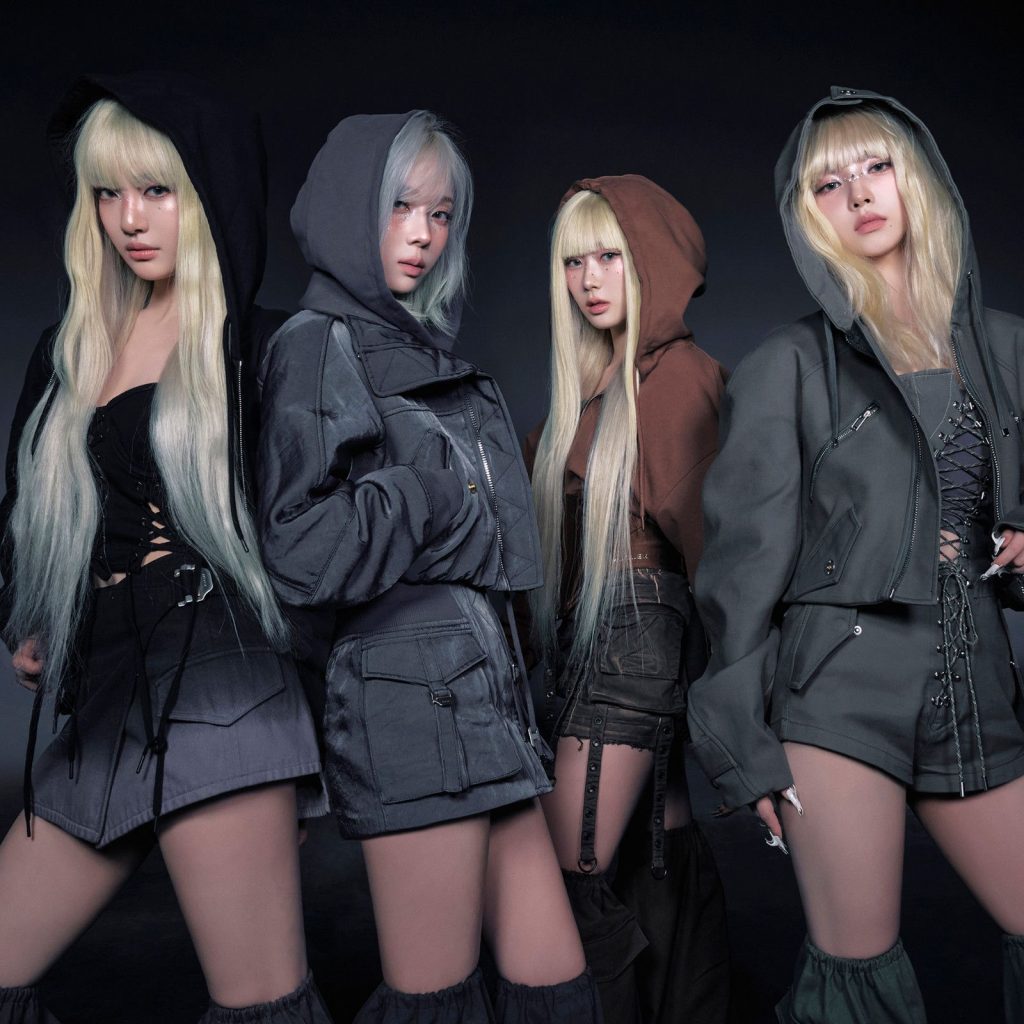
Sustainable Fashion Choices
Eco-Friendly Materials
Sustainability will play a significant role in Y3K fashion. As aware ness grows about environmental issues, the materials used in clothing will evolve. Fabrics created from recycled materials or organic sources will become widely accepted.
Innovative options like mushroom leather or algae-based textiles may hit the mainstream. This change will not only reduce environmental impact but will also encourage ethical consumption. Wearing eco-friendly outfits will become a statement of personal and global values.
Circular Fashion
The future will likely embrace a circular fashion model. This approach focuses on creating products designed for recycling or upcycling. Instead of a throwaway culture, Y3K outfits will emphasize longevity and versatility.
Fashion brands may offer programs that allow customers to return old clothing for recycling or credit. This initiative will help reduce waste and promote sustainability. Circular fashion will encourage responsible consumerism, contributing to a healthier planet.
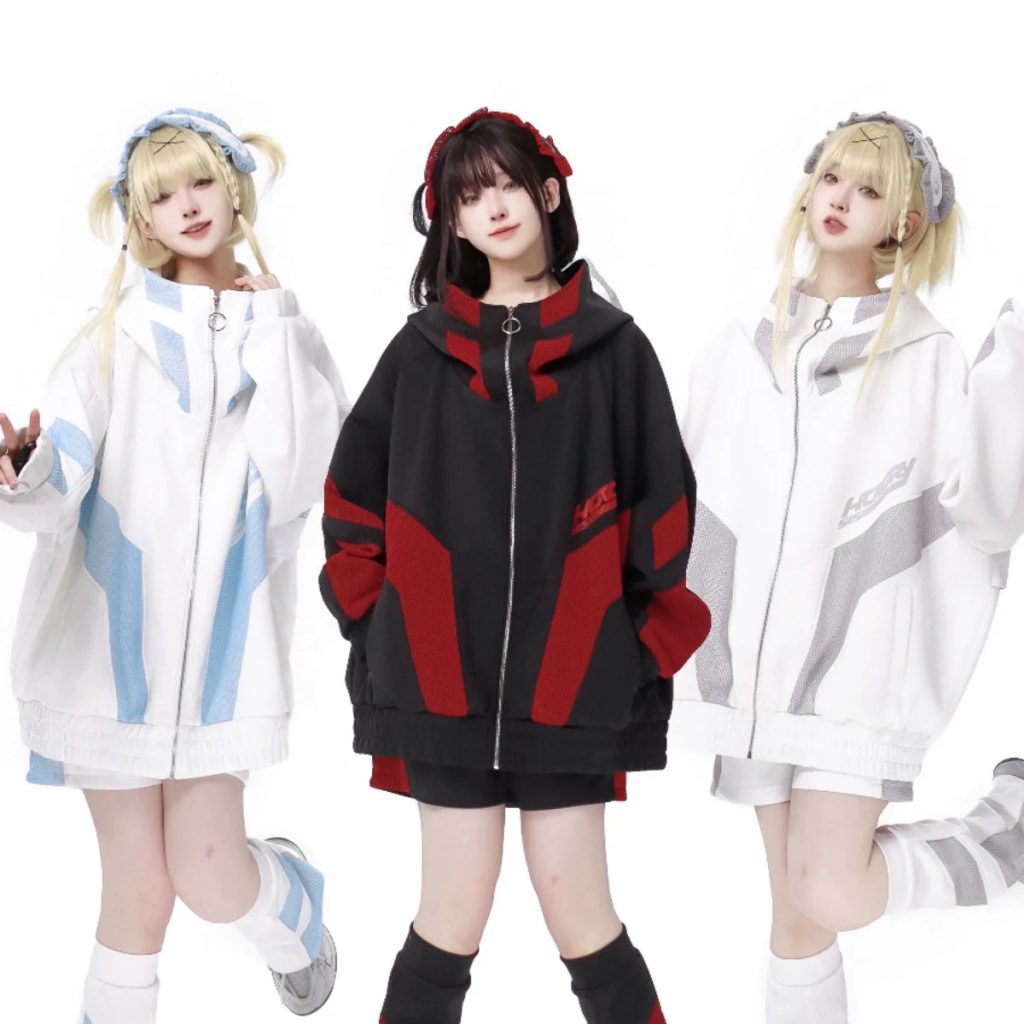
Aesthetic Trends in Y3K
Futuristic Designs
The aesthetic of Y3K outfits is expected to be striking and innovative. Expect fashion pieces influenced by futuristic elements—sharp lines, asymmetrical cuts, and bold colors will dominate. Designers may draw inspiration from advanced technologies, resulting in an avant-garde look.
Three-dimensional printing may enable the creation of unique and personalized clothing pieces. This trend will encourage individuals to express themselves creatively, pushing the boundaries of traditional fashion. Outfits could serve as wearable art, making powerful statements.
Cultural Influences
Y3K fashion will also reflect diverse cultural influences. As the world becomes increasingly globalized, various cultural elements will blend to create unique styles. Traditional attire may fuse with contemporary designs, creating new trends that celebrate diversity.
Fashion shows may feature global designs, showcasing craftsmanship from around the world. This cultural infusion will enrich the fashion landscape, promoting inclusivity. Wearing Y3K outfits will become an opportunity to celebrate global heritage while expressing individuality.
The Evolution of Accessories
Functional Accessories
In the Y3K wardrobe, accessories will focus on functionality without sacrificing style. Bags may include solar panels to charge devices, while wearable tech accessories provide real-time information. Functionality will become a key element in accessory design.
Additionally, items like multi-purpose belts could serve as both fashion statements and practical tools. This evolution will encourage consumers to invest in items that add value to their everyday lives. The future will see a shift in how accessories are perceived.
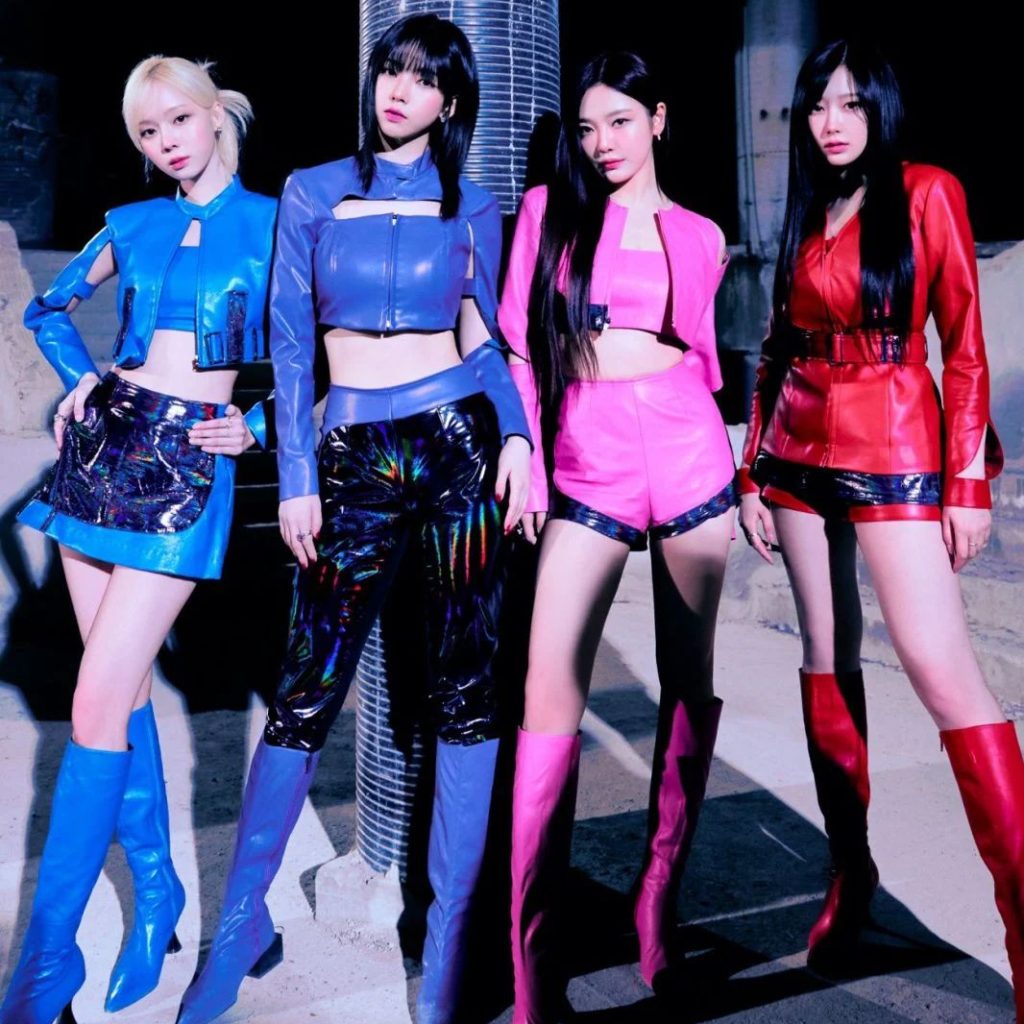
Sustainable Accessories
As with clothing, accessories will embrace sustainability. Designers will increasingly use recycled or eco-friendly materials to craft jewelry, bags, and shoes. This commitment to sustainability will resonate with future consumers who value environmental consciousness.
Accessories might also be customizable, allowing wearers to swap parts or styles. This personal touch will make each piece unique. The emphasis on sustainable and individualized accessories will reflect broader societal trends in Y3K.
Shopping for Y3K Outfits
Virtual Shopping Experiences
By the year 3000, shopping will likely be transformed by advanced technologies. Virtual and augmented reality could enable consumers to try on clothes in immersive environments. This experience will allow for more informed purchasing decisions and enhance the overall shopping experience.
Online stores may incorporate AI to suggest styles based on personal preferences. This tailored approach will make finding the perfect Y3K outfit easier and more enjoyable. Shopping will become a highly interactive experience, diminishing the limitations of traditional retail.
Community-Based Fashion
The future may also see a rise in community-driven fashion initiatives. Local groups could organize clothing swaps or custom-design events, promoting collaboration and creativity. This communal approach will foster relationships and a sense of belonging among participants.
Sharing platforms may emerge, allowing individuals to rent, trade, or borrow clothes. This practice will contribute to sustainability and enable people to experiment with different styles without a major financial investment. Community-based fashion will reshape how we approach personal style.
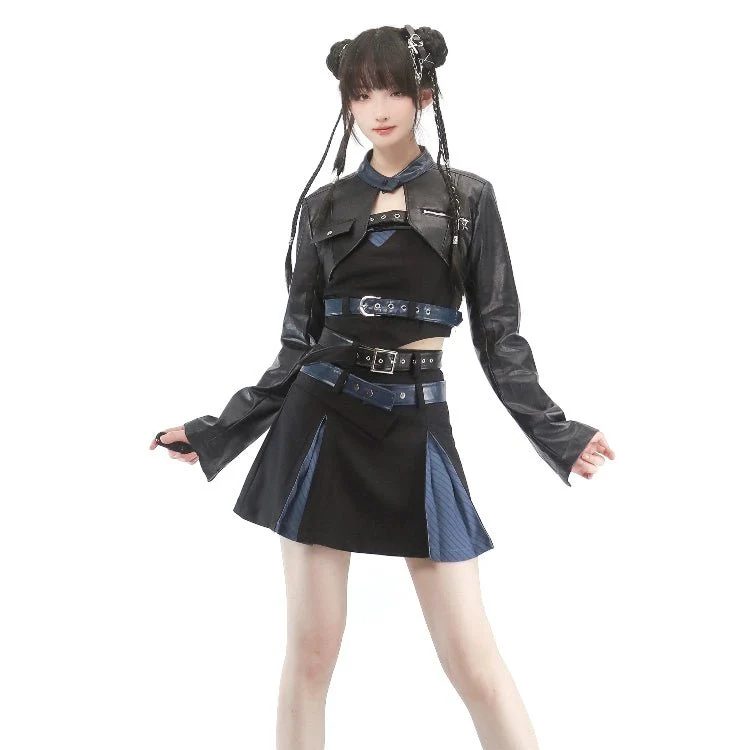
Fashion Education in Y3K
Evolving Educational Institutions
The landscape of education will likely transform significantly by the year 3000, particularly in the field of fashion. Traditional fashion schools may integrate advanced technologies, offering courses that teach students about virtual reality design, sustainable practices, and smart textiles.
Hands-on experiences will become more prevalent, with students using cutting-edge tools to create prototypes and test materials. Institutions might also emphasize interdisciplinary learning, merging fashion with engineering, environmental science, and technology. Graduates will emerge equipped with comprehensive skills to adapt to the rapidly changing industry.
Access to Online Learning
In 3000, online education will play a crucial role in skill acquisition. Fashion enthusiasts around the globe may access virtual courses and workshops tailored to their interests. This democratization of knowledge allows aspiring designers to learn from industry professionals, no matter their location.
Platforms can offer interactive lessons that incorporate AR and VR, enabling learners to virtually step into fashion studios and participate in design challenges. Such immersive learning experiences will empower individuals to discover their talents and share their creativity with a wider audience.
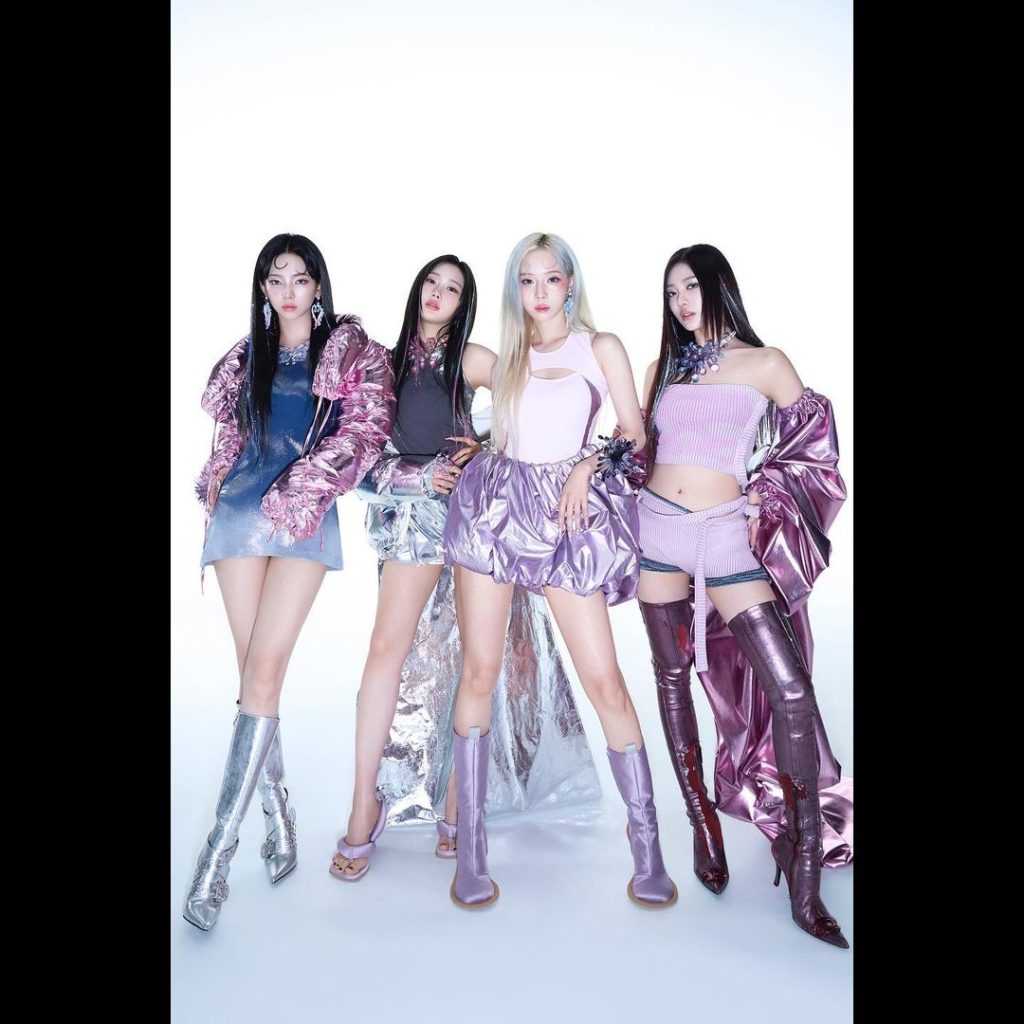
The Role of Fashion in Society
Fashion as a Form of Expression
As society evolves, so will the role of fashion as a form of self-expression. In Y3K, clothing may act as a canvas for individuals to communicate their values, interests, and identities. With advancements in wearable technology, expressiveness may extend to outfits that change colors or designs based on the wearer’s mood or environment.
This innovation will encourage individuals to represent their unique personalities and enhance emotional connections with their clothing. The freedom to express oneself creates a more vibrant and open-minded society, where diversity is celebrated through fashion.
Social Impact Initiatives
Fashion in Y3K will also likely intersect with social justice and sustainability movements. Designers and brands may collaborate with local communities to produce outfits that empower marginalized groups. This partnership can create job opportunities while promoting cultural authenticity and integrity.
Additionally, fashion campaigns that address pressing issues—such as climate change, gender equality, and mental health—will gain traction. Outfits that inspire dialogue and provoke thought will not just be trends but also powerful statements driving change.
The Future of Shopping Experience
Augmented Reality Shopping
By the year 3000, shopping will likely become an immersive experience, with augmented reality (AR) at the forefront. Customers could enter virtual stores where they can interact with items in 3D before making a purchase. This feature would allow buyers to visualize how the clothing fits into their wardrobe and lifestyle.
In-store experiences may blend the physical and digital worlds. Retailers could provide virtual environments where shoppers can assemble outfits alongside interactive avatars. These advancements make shopping efficient and enjoyable while reducing the chance of buyer’s remorse.
Customization and Personalization
The clothes of Y3K may prioritize personalization, allowing consumers to tailor items to their specific preferences. From fabric choices to patterns and colors, shoppers may actively participate in the design process. Customized options make each piece unique, allowing individuals to express their personality fully.
Advanced algorithms and AI might analyze personal styles to recommend designs that align with individual tastes. This approach transforms shopping from mere acquisition into a creative venture, amplifying the personal connection to each outfit.
Recycling and Upcycling in Fashion
Design for Disassembly
By Y3K, many clothing items will be designed for disassembly, facilitating recycling and upcycling. This approach creates garments that can be easily taken apart for repairs or material reuse. By focusing on sustainable lifecycle practices, brands will help reduce waste and environmental impact.
Fashion designers will integrate this concept in their creations, emphasizing durability and repairability. As a result, consumers will feel empowered to maintain and modify their clothing, rather than discarding it. This shift toward thoughtful consumption reflects a growing awareness of environmental responsibility.
Community Initiatives for Upcycling
As sustainability becomes a core principle of Y3K fashion, community workshops might pop up, teaching individuals how to upcycle or repurpose clothing. These gatherings can foster creativity and resourcefulness while promoting social engagement.
Local events, like clothing swaps or DIY upcycling workshops, provide platforms for individuals to revamp their wardrobes and share ideas. These initiatives not only reduce waste but also create a sense of belonging within communities, reinforcing the importance of collective action.
Cultural Heritage in Fashion
Reviving Traditional Techniques
In Y3K, cultural heritage will play a significant role in fashion. Designers may revive traditional textile techniques and patterns, blending them with modern aesthetics. This fusion honors cultural history while offering a fresh perspective on design.
Incorporating artisanal crafts will create unique pieces that tell a story. Collaborations between contemporary designers and artisans contribute to cultural preservation, providing economic opportunities for traditional craftspeople. This synergy can lead to a rich tapestry of styles that celebrate global heritage.
Global Fusion of Styles
As the world becomes increasingly interconnected, fashion in Y3K will likely exhibit a global fusion of styles. Elements from various cultures can blend seamlessly, resulting in innovative and exciting combinations. Streetwear might incorporate African motifs, while floral patterns could reflect Asian influences.
This diversity not only enriches the fashion landscape but also fosters appreciation for different cultures. In Y3K, wearing a garment may become a way to celebrate global connections, bridging communities and encouraging dialogue.
Conclusion: Embracing the Future of Fashion
In conclusion, envisioning Y3K outfits invites exciting possibilities for the future of fashion. From smart fabrics and wearable technology to sustainable materials and cultural influences, the trends of the year 3000 promise to transform our wardrobe choices.
As we adapt to these changes, embracing functionality, creativity, and sustainability will be essential. The fusion of technology with personal expression will enable a new era of clothing that reflects individual identity while responding to global challenges.
Looking ahead, we can actively participate in shaping this future by making conscious choices. As we imagine the Y3K outfit, we should consider how our decisions today impact the world of tomorrow. Embracing innovation with ethical practices will pave the way for a vibrant and inclusive fashion landscape in the years to come.
